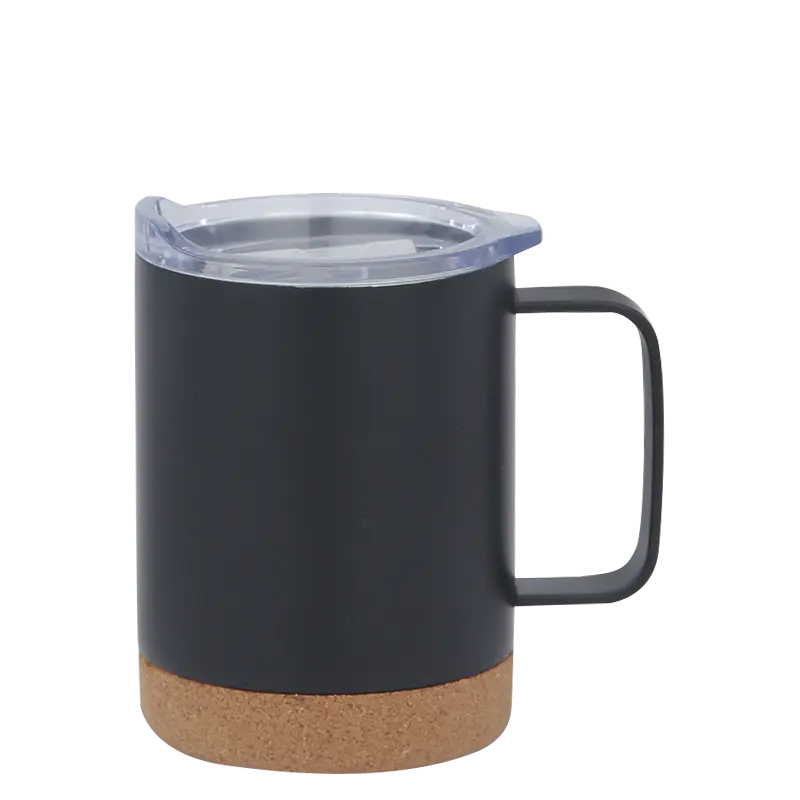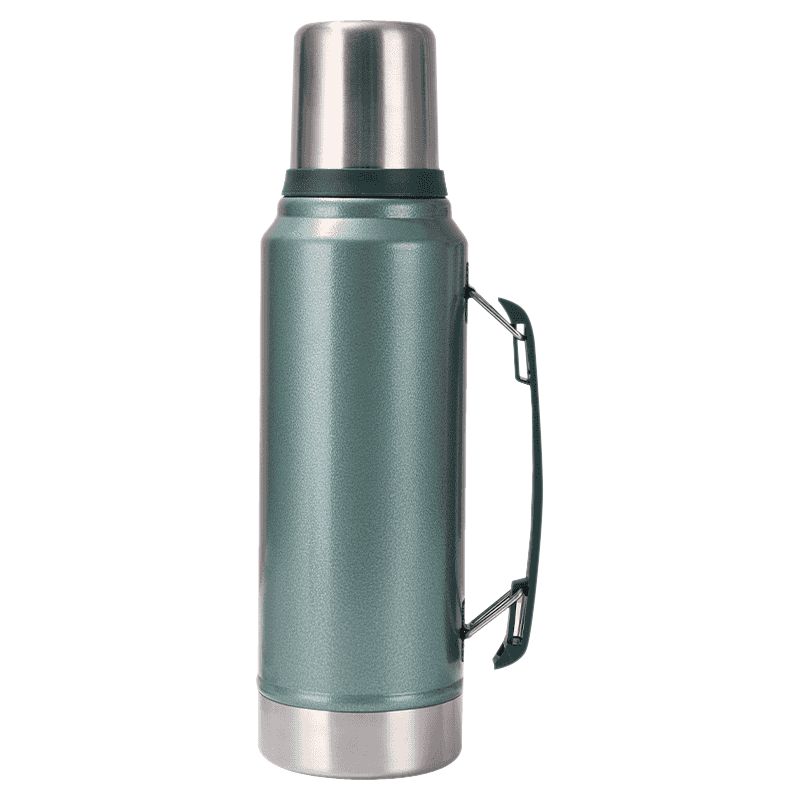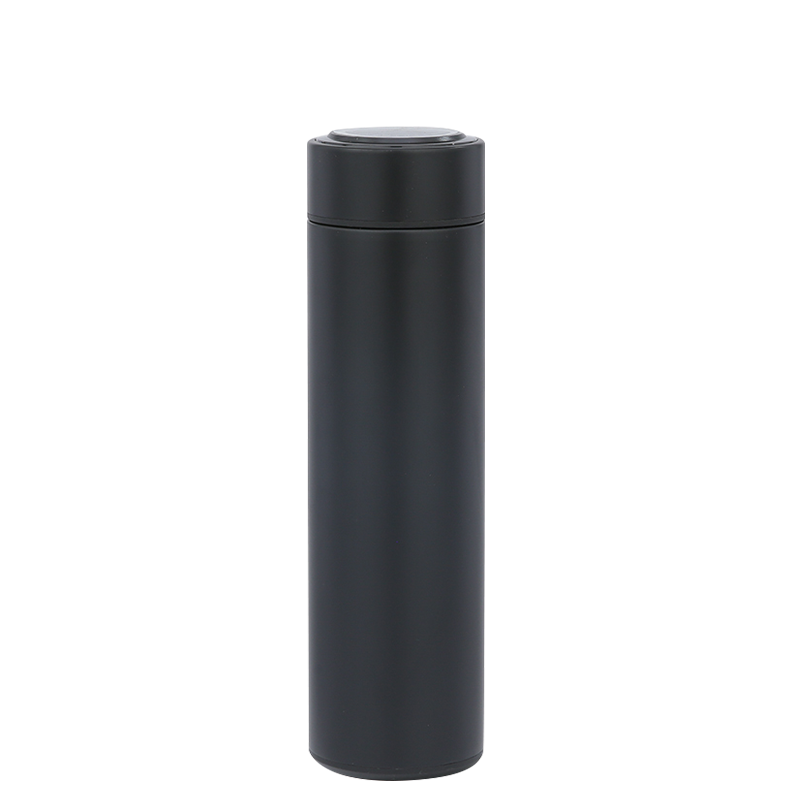
+86-13566758039

Industry News
As you cradle your morning coffee, have you ever noticed how the base of your mug meets the table? This simple point of contact matters more than we realize, which is why the thoughtful design of a Cork Bottom Mug makes everyday moments feel more considered. By integrating natural cork where ceramic typically meets the surface, this mug brings together form and function in a way that quietly elevates daily rituals.
A Cork Bottom Mug is a mug designed with a natural cork base attached to the bottom, which provides insulation to protect surfaces from heat, prevents slipping, reduces noise when placing the mug down, and adds an eco-friendly touch. It's commonly used for coffee, tea, and other beverages at home, in the office, or on the go.
The cork acts as a natural insulator, preventing heat from transferring to surfaces. This helps protect tables, desks, and countertops from heat damage.
Cork provides a soft, anti-slip surface, which helps keep the mug stable and reduces the chance of accidental spills.
Placing the mug down on a hard surface produces less noise because the cork cushions the impact.
Cork is a sustainable, biodegradable material harvested from the bark of cork oak trees, making the mug more environmentally friendly compared to fully plastic products.
The mug often stays cooler to touch near the bottom because the cork prevents heat from transferring to your hand.
Cork Bottom Mugs come in a variety of styles and are versatile enough to blend seamlessly into various environments and suit different daily habits, making them a common choice for everyday use. At home, it's a common choice to use it to enjoy hot drinks such as coffee, tea, or hot chocolate. The cork base effectively insulates against high temperatures, preventing damage to the table and keeping the mug from slipping, making relaxing mornings or evening naps more enjoyable.
Cork Bottom Mugs are also very popular in the office. People tend to choose mugs that don't make noise when placed on a desk, and these perfectly meet this need. Many employees choose them for long workdays because the cork base keeps the mug stable and is comfortable to hold.
Cork Bottom Mugs also perform well when traveling or participating in outdoor activities. The cork base provides a natural grip, making it convenient for people to carry the cup in outdoor settings such as inside a car or on a picnic. It not only has a comfortable grip, but also protects the surface it is placed on from scratches and high-temperature damage.
Cafes and small businesses often choose Cork Bottom Mugs, whose unique design creates a stylish and welcoming drinking atmosphere for customers. Whether at home, in the office, or on the go, Cork Bottom Mug make it easy and convenient to enjoy drinks, while also adding a touch of eco-friendly style to life.
| Feature | Bare Ceramic/Glass | Silicone Pad/Disc | Plastic Pad/Disc | Cork Base |
|---|---|---|---|---|
| Heat Insulation | Very Low | Moderate | Low to Moderate | High (Natural Barrier) |
| Slip Resistance | Low (Especially Wet) | High (Dry & Wet) | Moderate (Can be slippery when wet) | High (Naturally Grippy) |
| Surface Protection | Low (Heat/Moisture) | High (Cushioning) | Moderate | High (Insulation & Grip) |
| Noise Reduction | Low | High (Dampening) | Moderate | High (Absorbs Impact) |
| Material Origin | Inorganic | Synthetic | Synthetic | Naturally Occurring |
| Aesthetic Feel | Hard, Cold | Soft, Flexible | Hard, Often Plastic | Warm, Textured, Natural |
Different mug bodies change the expectations for what a cork base needs to accomplish.
Each combination demands different attachment strategies and expectations about longevity; for instance, metal and glass often create surfaces that don't bond in the same way ceramics do, so the choice of adhesive and the method of mechanical interlock (e.g., scored surfaces, recessed channels) matter.

Cork's advantages come with caveats. While resistant to moisture in normal use, prolonged immersion or repeated dishwasher cycles can fatigue adhesives and encourage swelling if water is able to breach the joint. Repeated thermal cycles of rapid cooling and heating can challenge some adhesive systems, resulting in gradual delamination. As an aesthetic, cork signals a certain warmth and texture that might not fit a very sleek, high-gloss modern interior, so tastes play a role.
Finally, cork adds steps to production: sourcing, cutting, finishing, and adhesion are operations that demand attention to detail. For companies weighing cost and speed, those steps must be justified by perceived value in the marketplace.
When a maker attaches cork to a vessel that will hold beverages, adhesive selection must balance bond strength, flexibility, heat resistance, and compliance with regulations for food contact. Some manufacturers opt for epoxy systems formulated from raw materials that meet regulatory frameworks for food-contact applications; others select flexible adhesives that accommodate the different thermal expansion rates of cork and ceramic.
In many production contexts, a two-part epoxy labeled for food contact or adhesives with compliance statements are preferred because they offer a durable seam and resist water ingress. However, beyond regulatory compliance, good practice includes ensuring the adhesive cures fully before shipment, that excess adhesive is cleaned away, and that quality checks verify no uncured residue touches a drinkable surface.
If your kitchen emphasizes cultivating good habits and carefully creates an atmosphere, favoring items that gradually develop a rustic charm and showcase your taste with use, then a Cork Bottom Mug would be a good choice that fits this philosophy. It guides people to carefully care for objects by hand washing, enhancing tactile interaction with them through gentle handling. In every everyday use, it subtly yet consistently demonstrates the consideration given to the selection of materials. These seemingly minor actions have a cumulative effect: a mug itself may not be able to directly change a lifestyle, but it is integrated into a series of daily choices that together create the unique atmosphere of home life.
Choose mugs made from high-quality ceramic, stainless steel, or glass paired with natural cork. Good materials ensure durability and safety.
Make sure the cork bottom is firmly attached and not loosely glued. A well-bonded base lasts longer and resists moisture better.
If you want your drinks to stay warm longer, choose mugs with double-wall insulation or stainless steel designs.
Check whether the mug is hand-wash only or dishwasher-safe (most cork bottoms require hand washing). Choose according to your cleaning preference.
Select the right capacity—common sizes are 12 oz to 16 oz. Pick one that fits your daily drink portion.
If you use the mug for travel or work, a leak-resistant lid is a big advantage.
Ensure the mug is comfortable to hold and the cork base provides a stable, non-slip surface.
If sustainability matters to you, confirm the cork is natural and responsibly sourced.
Choose a design and color that fits your taste—many cork bottom mugs come in stylish modern looks.
Over time, your Cork Bottom Mug gathers slight compressions and a gentle darkening of its base—marks not of wear, but of use. These subtle changes reflect mornings started, afternoons paused, and evenings relaxed. At Aijunware, we see these traces as part of the mug's character, a quiet reminder that good design doesn't demand attention but earns it through daily presence. Let your routine be shaped by thoughtful choices—with Aijunware, where every detail is crafted for a life well lived.
Your email address will not be published. Required fields are marked *








* Your email is safe with us, we don't spam.


Our company's products include vacuum flasks, beer mugs, coffee mugs, car tumbler, fire stove and tensile parts, etc.
Phone: +86-13566758039
Tel: +86-0579-87171178
Fax: +86-0579-87171178
E-mail: [email protected]
Add: No.29, Qiaodong Road, Qiaotouzhou Village, Longshan Town, Yongkang, Jinhua, Zhejiang, China.

 English
English 中文简体
中文简体 日本語
日本語 Français
Français Español
Español